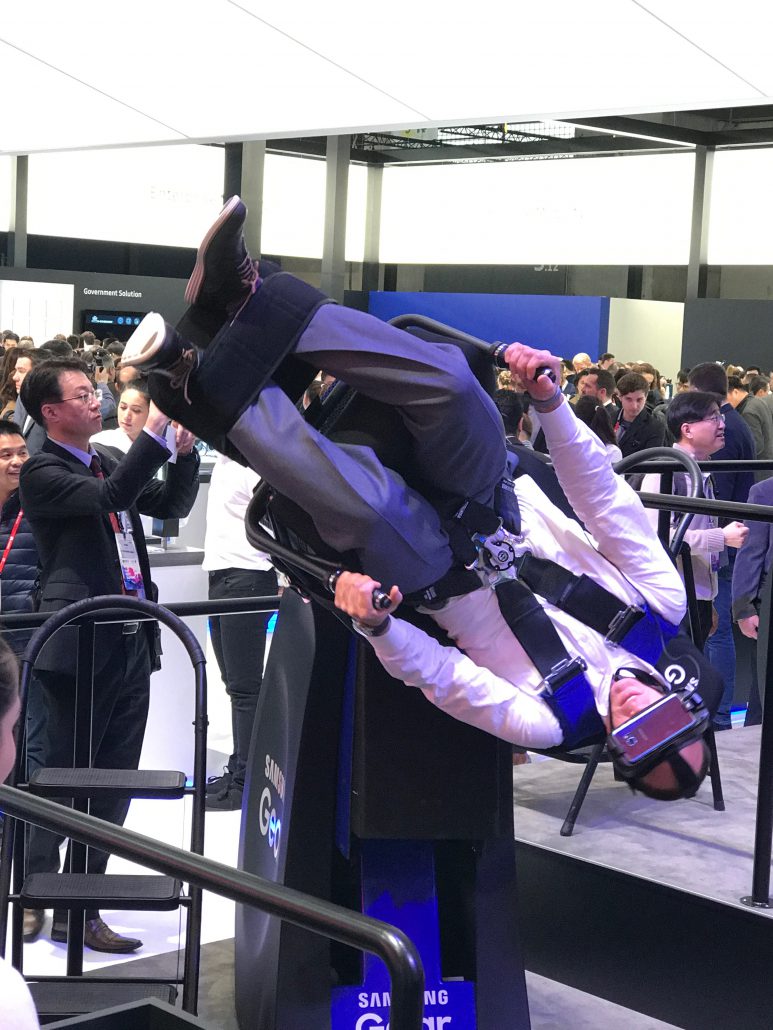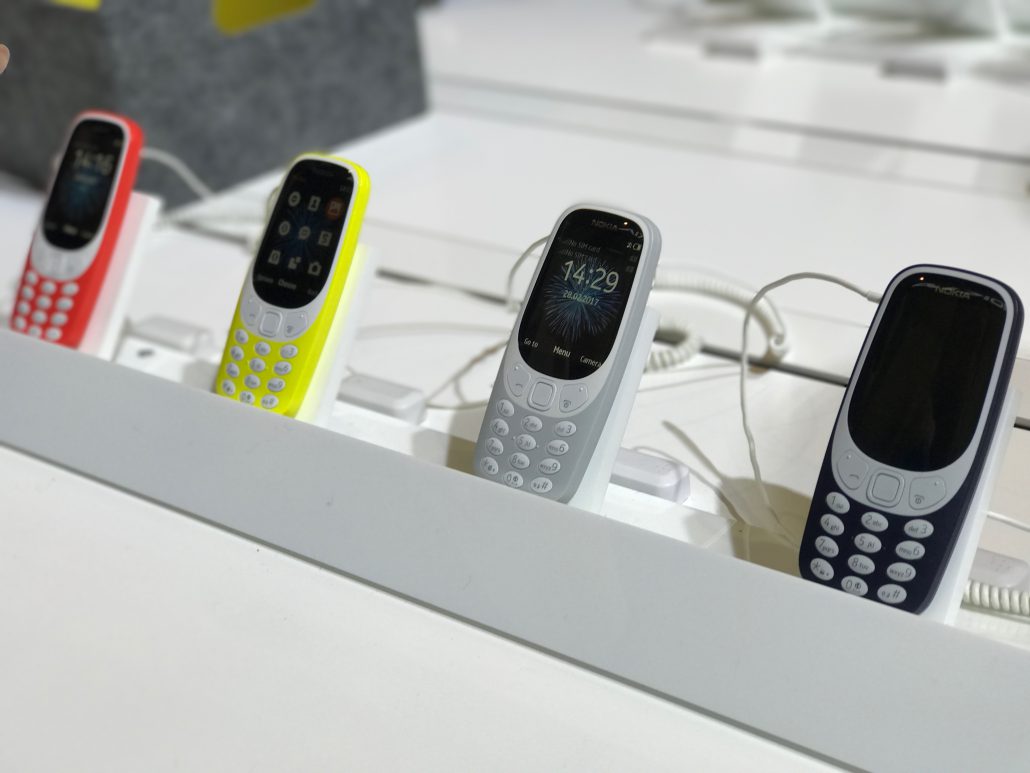Think Mobile: The “great migration” from traditional PCs to mobile devices has created a completely new universe. The numbers are breathtaking. In mid-2017, China officially had 1.36 billion mobile Internet subscribers, which was more than one device for every adult. Smartphones are widely used to interact with brands. Over 500 million Chinese made purchases online with their smartphones last year. In India, one in four consumers is already making online purchases. With 480 million smartphone users, mobile consumption has already become the biggest driver in e-commerce. This is described in detail in our new Springer publication “Successful brand building in the large emerging markets” (written in german) by Dr. Niklas Schaffmeister (Managing Partner Globeone) and Florian Haller (CEO Serviceplan Group).
The television as “First Screen” has been replaced
Although growth rates on the Internet and in mobile communication are already declining on a global average, they remain high in the major growth markets thanks to the still expanding middle class and new consumer groups in the rural hinterland with its megacities. The consequences of the boom in mobile devices are far-reaching. In the young markets of the world, smartphones have replaced the traditional television (and thus the programs running there) as “first screen”.
Mobile consumption forces a new way of customer communication
This has an enormous impact on purchasing behavior, pricing and the way brands need to communicate with their customers. According to the analysis specialist FICO, China and India are already among the leading countries with the highest percentage of consumers using mobile devices. France and the US have the lowest rates in this area. The figures contain a clear message for brands. If you want to benefit from the purchasing power of major emerging markets, you can achieve astonishing growth rates if you consider the mobile communication channels and customer experiences to drive up sales.
Large Western companies such as Unilever and BMW have been implementing extensive marketing initiatives in the mobile sector for some time to exploit the extraordinary growth of mobile communications in these new markets. There is no doubt that mobile devices have become a central means for brands and companies to connect and interact with their customers. Today, a state-of-the-art mobile website with a well-functioning e-commerce integration is more important than a traditional website.
Rural regions can now be developed much better
The ever-expanding mobile universe provides marketers and brand companies with a powerful additional tool for tapping into massive customer groups in rural areas that were previously difficult to reach at reasonable cost. Booming domestic Internet giants such as Alibaba and Tencent have helped to build up dense distribution networks that can reach even the remotest corners of continent-sized markets and deliver goods virtually anywhere in two days at the latest. Many marketers have now begun to turn to the mobile sector, which they had previously often obstinately neglected. In the face of fierce competition between domestic online retail giants, the situation is currently improving rapidly.
Mobile presence has become indispensable
Against this background, there is a clear need for companies to become active in the mobile sector. The Chinese online auction house Alibaba, whose huge C2C platform is using the “Singles Day” on 11 November for a “Shopfest” campaign, shows how this can be achieved. Alibaba transformed “Singles Day” into the Chinese equivalent of Valentine’s Day. At the “11.11 Shopping Festival 2017” Alibaba set a new daily record for online consumption with 25.3 billion dollars. There is no better way to illustrate the purchasing power of mobile consumers in the major growth markets. Almost 43% of sales at the latest “Shopfest” were generated with customers using mobile devices.






